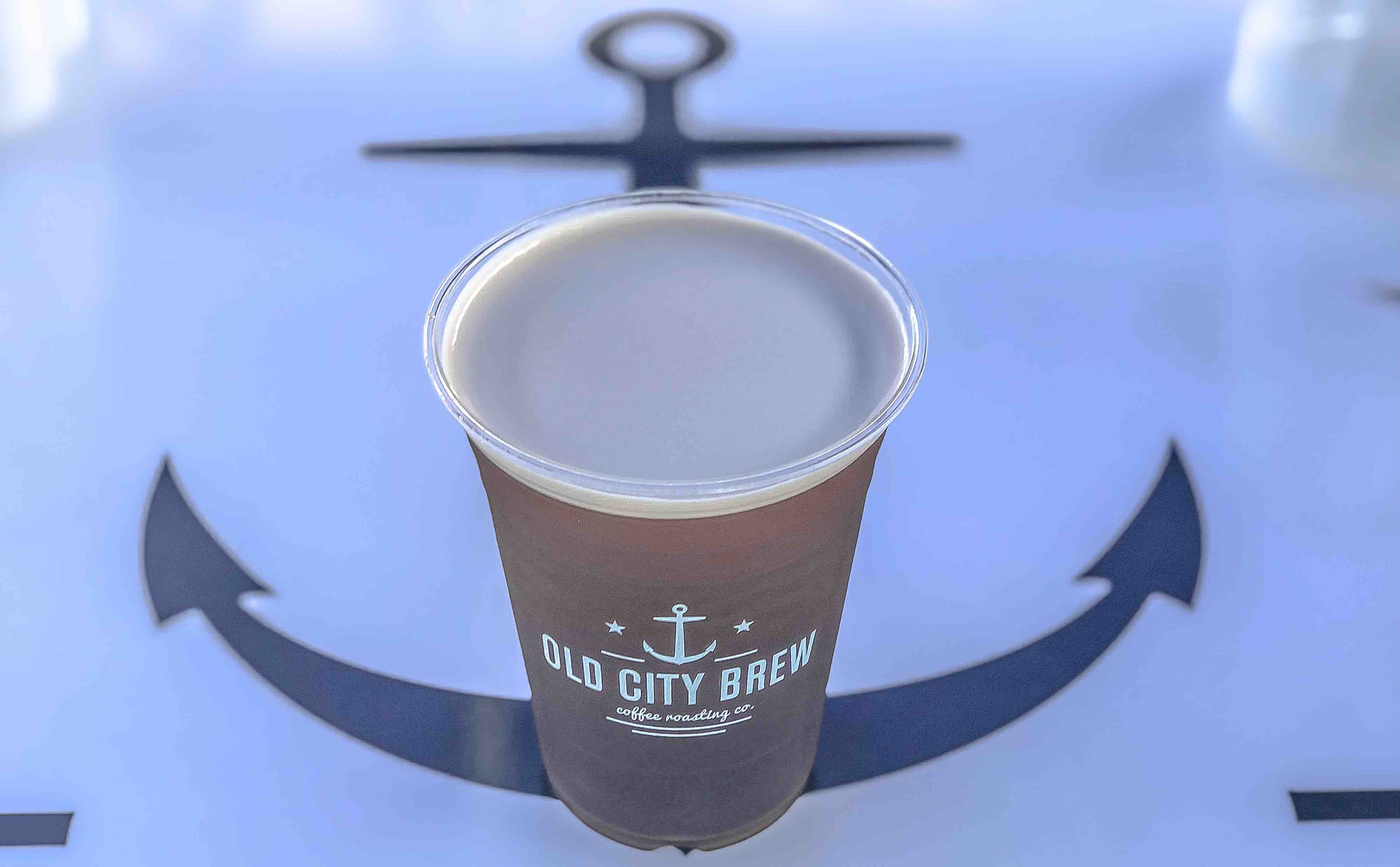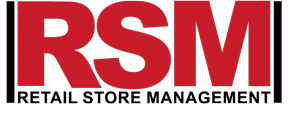
..........Increase In-Store Customer Patronage
“I invite you to have a single thought, any thought. Whether your thought was related to a feeling of anger, sadness, inspiration, joy, or even sexual arousal, you changed your body. You changed you”– Dr. Joe Dispenza, in Evolve Your Brain
Decision Under Uncertainty
We are constantly engaged in our thought processes; constantly making decisions; constantly changing our minds; constantly making judgments. Many a time we think about our thinking, what neuroscience call metacognition. We want to be right in our choices and our judgments; we really do. But we are not always right. We can be extremely good at some decisions and choices, and we can make also a mess of other decisions and choices. Sometimes our judgments are right on the button and at other times, we completely miss the mark. How can we make sense of these contractions? As a retail entrepreneur, we want to make the right choices about our product assortments, about our in-store layout, about the right combination and intensity of lighting, sound (music), smell (scent), and other sundry in-store atmospherics that will be right for our customer segments. We even want to be sure that the choice of customer segment we serve is also right.
In 1974, two Nobel laureates, Amos Tversky and Daniel Kahneman published an insightful research paper titled, Judgement under Uncertainty: Heuristics and Biases. In it they documented how we think, process information, make decisions and judgments. According to them, our approach to decision making involves two processes. The first is effortless and automatic. The second is tasking and purposeful. The first consumes little energy but the second consumes most of our mental energy and is exhausting. We use the first thinking (effortless and automatic) process for about 95 percent of our thinking and judgments, and we use the second thinking (tasking and purposeful) process for roughly 5 percent of our thinking and decision-making activities. The first process, which we use most of the time, is what psychologist and neuroscientist call the automatic system or the autonomous system. This system is intuitive and is based on rule-of-thumb, and is called heuristics. It is responsible for the subconscious biases that we make. The second thinking process is reflective, purposeful, and rational. This is the executive part of our thinking brain, which we employ for purposeful planning, organizing, executing, evaluating and self-control. Though we use it for about 5 percent of our decision-making processes, yet it consumes over 80 percent of our mental energy.
According to psychologists, Thaler and Sunstein in their bestselling book, Nudge, the job description of the automatic or autonomous system include:
- Uncontrolled random thoughts (unfocused thinking and day-dreaming)
- Effortless thinking and decisions (simple additions of two numbers)
- Associative choices and judgments (like ducking a sudden object thrown at us)
- Thinking on our feet (intuitive thinking)
- Unconscious thoughts and decisions, and
- Skilled routine tasks (like driving a car).
And for purposeful and reflective thinking and decision-making, the executive part of our brain’s main job description includes:
- Effortful thinking (like trying to memorize a telephone number)
- Controlled and deliberative thinking (like business planning on paper).
- Rule-based decisions (like obeying traffic laws).
- Deductive thinking based on available data (if it rains, I should drive with care)
The automatic thinking processes which we can employ in our retail businesses consist of three agencies; namely,
- Anchoring bias
- Availability bias, and
- Representativeness bias.
For the purpose of this article, we shall concentrate mainly on how we can use the agency of anchoring bias sell more in our sales and marketing efforts.
What is Anchoring Bias?
According to Wikipedia,
“Anchoring or focalism is a cognitive bias where an individual relies too heavily on an initial piece of information offered (considered to be the “anchor’) when making a decision”,
like focusing on the first number or price offered in a business negotiation, and using that number or price to make our counter offer or for making a value-based judgement about a product or an event or an offer is worth.
The Use of Anchoring in Price Setting
With anchoring bias, the first piece of information (for instance, the price of a product or service), which you provide in a negotiation with, say your supplier, or display on a particular product category, like on your in-store wine rack, will form the basis for subsequent decisions and judgements by your customers of the value of other wine-brands in that particular product or brand category. Anchoring is a powerful tool is setting prices. For instance, on your retail store’s wine rack, by placing premium-priced wine at the beginning or at the middle of the wine rack, the premium-priced wine makes the other lower-priced wine brands look like good bargains, even if these other wine brands are over-priced.
In an apparel retail store, anchoring bias could be used to great effect. For instance, by placing an appropriately priced $600 winter jack next to an over-priced $150 winter jack, you create an anchoring bias that will cognitively make the $150 jack look like a bargain, though you may have purposefully over-priced the $150 winter jack. The $600 winter jack subconsciously acts as an anchor that creates a bias in the judgment and value of the $150 winter jack. This anchoring bias will increase the likelihood of the purchase of the £150 winter jack, which will be judged as a good bargain, though you over-priced it.
You can also reverse the product placement order and still have the same effect. When a customer sees your over-priced $150 winter jack first before siting the $600 correctly priced winter jack, the $600 winter jack can suddenly seem over-priced. In the second reversed setting, the $150 winter jacket acts as the anchor that makes the $600 over-priced.
In-Store Design layout
The level of creativity employed in your in-store design, product assortments, the type of in-store music, scent and the comportment of your store floor staff can equally act as an anchoring bias that defines how your retail store is evaluated as a brand; either judged as an upscale store or a discount, low-price store. This has a formidable anchoring bias effect on patronage by your store visitors because in-store design layout, powerfully determines the segment of customers who will visit your store brand for the purpose of making purchase decisions. For instance, a $20 pizza and so soda food in your neighbourhood corner restaurant could be served at $100 in an upscale 4-star hotel a few blocks from your your neighbourhood restuarant.
Upselling and Cross-Selling
Upselling is a marketing anchor where a customer is persuaded to upgrade a product already purchased. If you are a software vendor, you may offer the basic version of a software for free. For instance, Grammarly (www.grammerly.com) offers the basic version of their Grammer-editing software as a free version and this acts as an anchor to sell upgrades to satisfied customers. Cross-selling is also another marketing anchor, where you persuade a customer to purchase complementary products in addition to the basic offer. Fast food restaurants, like McDonald's (where the basic anchor is hamburger), and KFC (where the basic anchor is fried chicken), use hamburgers and chicken, respectively as the basic anchor to cross-sell fries and soda drinks. The rule-of-thumb (heuristic) is that these products go well with sodas and fries. But are they? At the moment of purchase, the customer makes no judgments about the health implications of beef, chicken, fried potatoes and the sugar content of soda drinks.
Category Management
You can also employ anchors in your product assortment category management. For instance, printers could be used as anchors to sell printing inks at premium prices; premium-priced smartphones could be used as anchors for selling phone accessories like protective cases, mobile power banks, wireless headphones, and other phone-related accessories. An expenditure of over $900 on a smartphone like Samsung Note 10, acts as an anchor, making additional purchases of $30-$50 accessories not painful. Cosmetic products like shampoos could be used as anchors to sell solid or liquid body soaps, electric shaving equipment as the anchor to sell batteries and replaceable razors.
The use of Anchors in the Tourism Industry
The tourism industry has perfected the use of anchors in packaging holiday deals. A typical holidays tourism retailer can package three or more bundle deals. One may involve first class flight for two in a 4-star hotel with no meals in the Caribbean island. Another could be a business seat for two in a 3-star hotel with meals in an Italian resort village. A third would be a business class ticket for two in a 3-star hotel with breakfast, in an Eastern European city. A fourth could be an economy class ticket for two in a 3-star hotel with no frills in France. The anchor could be flight deals, or accommodation, or amenities like airport transfer and meals.
In Conclusion
The basic step in anchoring and adjustment is to start with a particular number or value. Then adjust away from the anchor in a direction that you consider as appropriate. It is important you set the anchor because whoever sets the anchor determines the direction of adjustments.



